When Herk Hervey’s “Carnival of Souls” (1962) was first released to the world, it was restricted to exhibitions at drive-in theaters, thus open to only a niche audience. A few years down, it is named in the same breath as Hitchcock’s 1960 masterpiece: so, what has contributed to its slowly accumulating and enduring cult status? The answer lies in the film’s preoccupation with the very contrary of that sense of longevity: the surrender to the act of gradual decay to which every human is pushed, of life slipping away second after second, atom after atom. We are obliged to take on the weight of a tragedy, this snuffing out of life, which we neither understand nor approve of.
Carnival of Souls (1962) Plot Summary & Movie Synopsis:
In the introductory scene of the film, three young men challenge three young women to a racing competition, which ends disastrously for the women as their car falls off the bridge. The rescuers are stunned when they witness one of the women, Mary Henry, miraculously drag herself out of the water. After the accident, Mary leaves behind Kansas and moves to Utah to start her life afresh.
Here, she finds herself a job at the local church as an organ player. She moves into a rooming house, owned by a loquacious but kindly old lady. However, the frightful sightings of a ghoulish man, referred to as ‘The Man’ in the credits, make her increasingly fragile, mentally. Amidst this, an old pavilion by the lake seems to have caught Mary’s fancy. Mary, who claims to be a reasonable person, believes that the place holds more than the plain appearance that meets the eyes.
Soon, Mary grows increasingly troubled by doubts regarding her sanity. A chasm seems to have opened up between the world and herself, as she constantly finds herself unable to communicate with the people that surround her. She bypasses all the boundaries and sneaks into the pavilion in search of answers to her questions. She is not the same person anymore after her return from the carnival pavilion.
The music she plays at the church drops its biblical tone and becomes weighed by a foreboding sense, which troubles the parish. The other tenant at the rooming house, a man with seemingly lousy motives, strikes gold when Mary begs him to be with her that entire night. What he fails to realize is the fact that Mary only does it to stave off the arrival of the ghostly man. However, the tenant becomes fearful of Mary’s sudden irrational behaviour and deserts her.
Carnival of Souls (1962) Movie Ending Explained:
How does Mary transcend the impassable barrier between both the worlds?
For a second time, Mary seems to have gone mute and invisible to the world. She desperately searches for answers and runs back to her doctor to help her. She shrieks in horror when the chair turns and The Man reveals himself. Turns out that it was all a nightmare and she had dozed off inside the car while it was parked inside the service station.
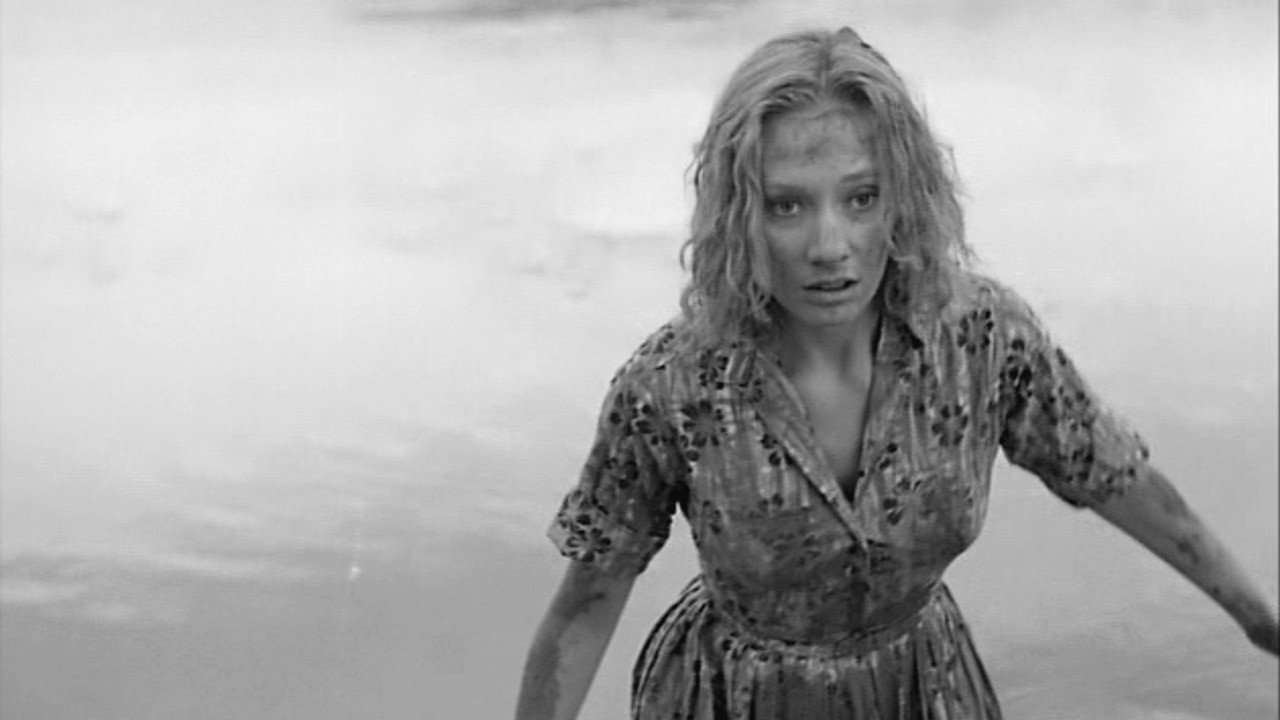
At the close of the story, she drifts back to the abandoned pavilion. A feverish dream unfolds before her eyes, which is at once startling and familiar. As zombie figures emerge from the water and the dark, decrepit ballroom suddenly turns lively, Mary spots a face she knows too well. The Man is seen dancing with a ghoulish version of herself: eyes sunk inside a dark void and pale skin falling off. Repelled by the visual, Mary runs for her life but does not manage to eke out her life from the inevitable domination of the disturbed souls.
It is here that “Carnival of Souls” poses a challenge for us. Mary’s footprints can be seen going some distance on the shore of the lake and then miraculously disappearing. Back in Kansas, the search party finally gets hold of the car and finds the lifeless bodies of the women killed in the accident, including that of Mary. When the narrative returns to the place where it all started, and resolves the central mystery by claiming that the protagonist had been dead all along, we question our own state of mind.
The story from the very beginning invited our confidence in Mary and the absolute truth of her losing her sanity following the emotional shock. The constant appearance and reappearance of the male apparition gives a surer indication of her mental decay. The ending is almost a sardonic jibe at the spectators, who are too conceited and convinced of their false sense of rationality.
The narrative is in part a testament to a woman’s experience with trauma and guilt, in part an exploration of the presence of the supernatural and the otherworldly. It is never one without the other. Mary’s brooding in the beginning is prophetic. For instance, when the music shop owner asks her to stop by the next time she visits Kansas, Mary rejects him with the curt reply, “I am never coming back.” It is an allusion that her soul has passed away from the realm of the material world to a place from which there is no possibility of a return. Conversely, the drama in the utterance acts as an extension of the malfunctioning of her mind.
The circumambient darkness that engulfs the central character is not just typified by visual references but also the aural patterns. The utterances of not just Mary but the other characters, in hindsight, bear significant meaning. While we are not sure what Mary must have been like before the mishap occurred, following the tragedy, she drifts in and out like a soulless doll.
Even the music shop owner notes her of being lifeless as he reminds her the secret to be a successful musician: “It takes more than intellect to be a musician, put your soul into it a little.” Mary, of course, is no more in possession of her soul, her soul has ceased to be tied to the human body. The enervating aural space is shaped by the haunting score composed by Gene Moore. The sound of the film is a disturbing catalyst, at times, even when visual spaces remain the same, it signifies Mary’s return to the real world.


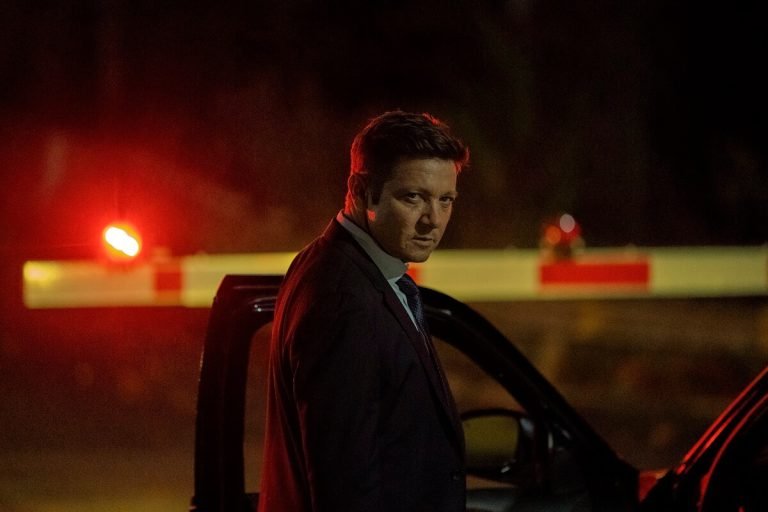

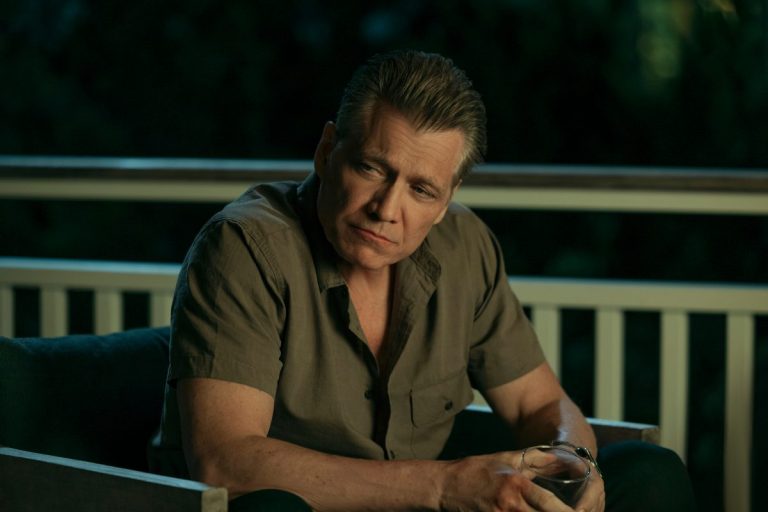
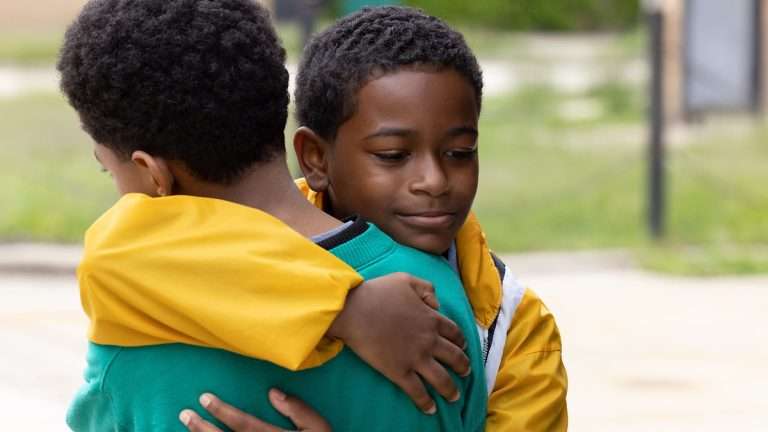
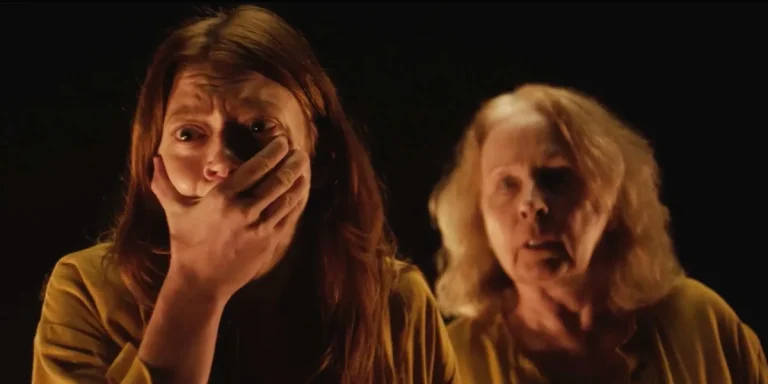
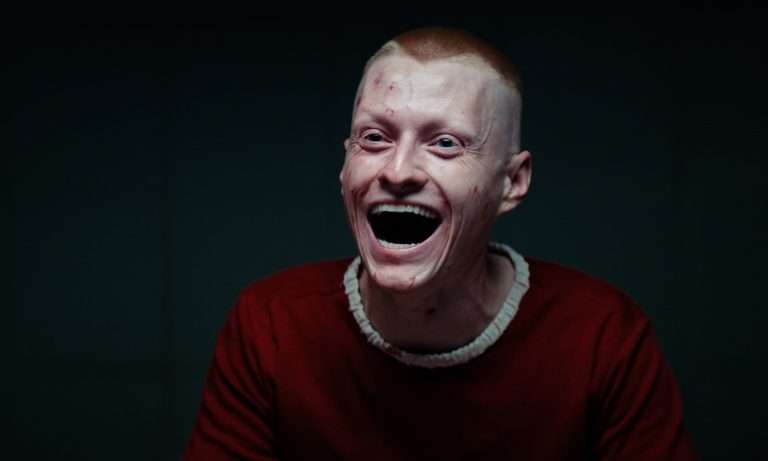
Hi Damayanti, my name is Peter Soby and I actually own the rights and property to the original 1962 Carnival of Souls film. I purchased the film/rights directly from the original Director Herk Harvey and writer John Clifford all the way back in the late 90s. So I have a big-time passion for the Film, obviously, and big-time love for it. I just read your article and I think it’s really incredible and completely spot on! I also think it’s very enlightening, the insights that you gleaned from the movie. So I just want to thank you for writing such a brilliant article and paying homage to an incredible classic film!